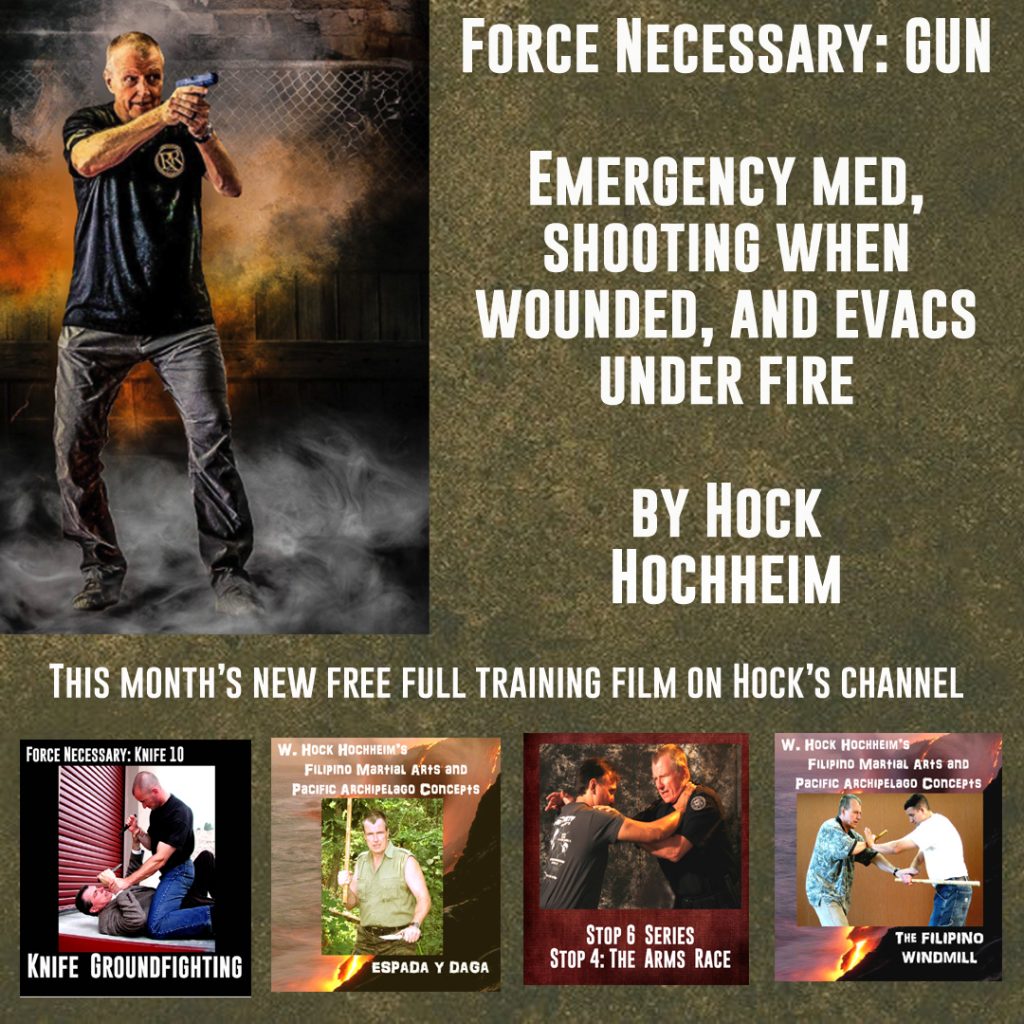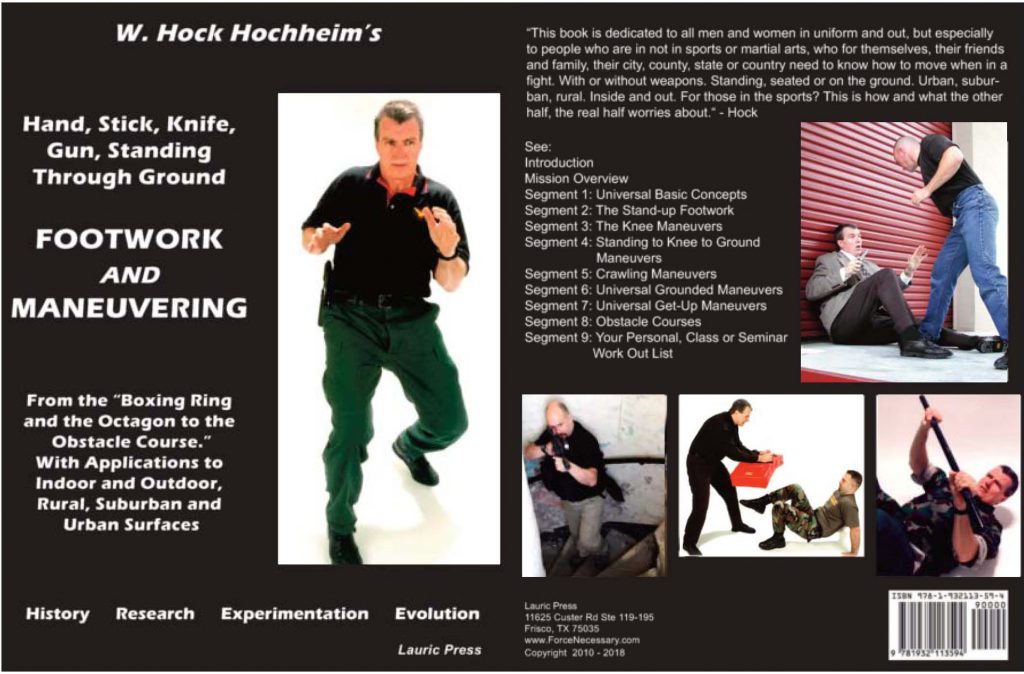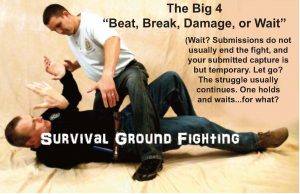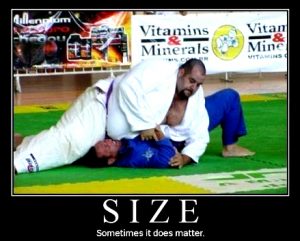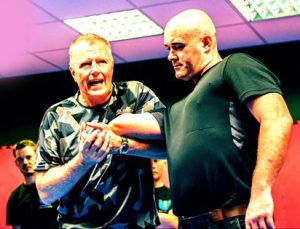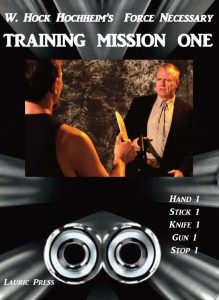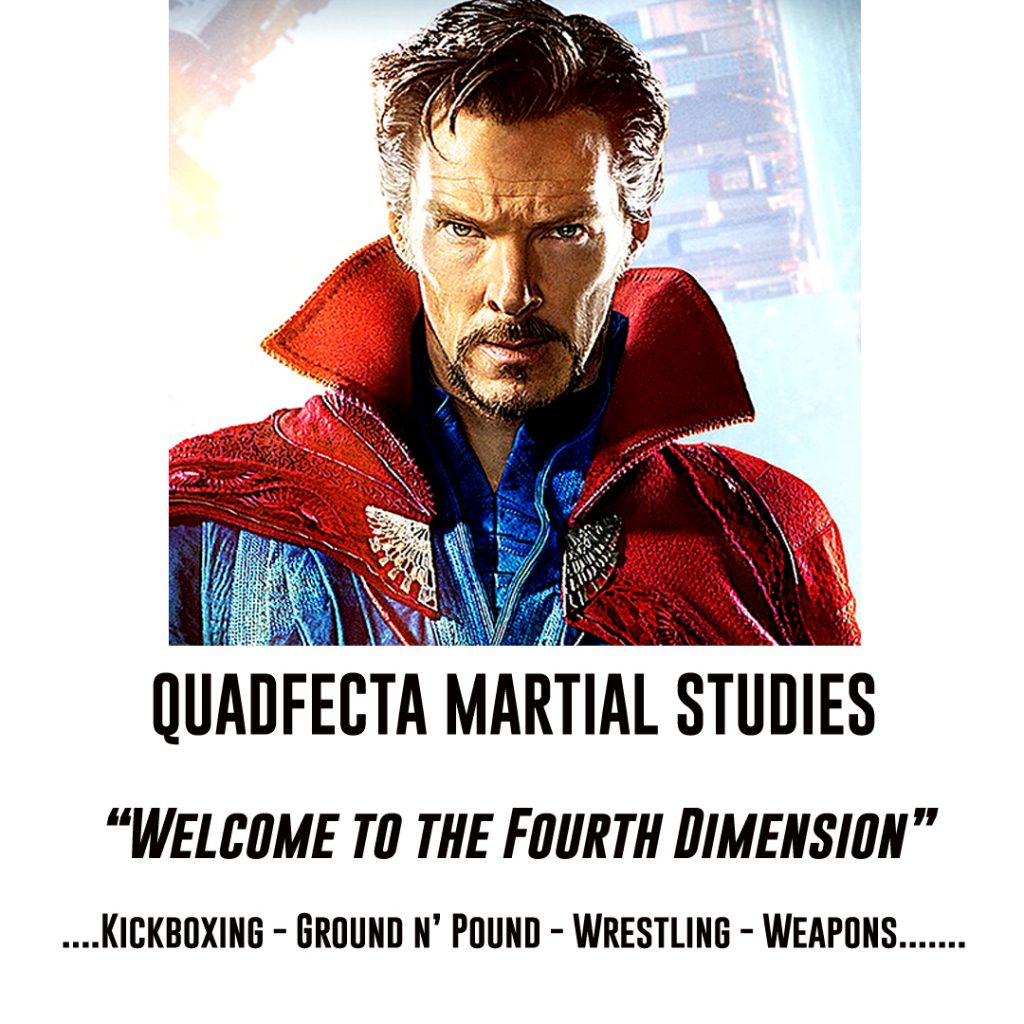
We’ve already discussed what person, what trainer-instructor to choose back in the WHO segment. What subjects of training taught by this person should be prioritized. If you are skipping sports and arts as I have done long ago, hopefully you will find a dedicated, generic, “clean” combatives instructor.
You’ve probably heard about the word Trifecta (three-bees,) but how about QUADfecta (four-bees?) Yeah. It exists in the Fourth Dimension, no big deal according to…Dr. Strange. (and numerous other brilliant scientists these days alerting the world to other dimensions!)
Beyond the interview, beyond the avoidance, past the de-escalation, when push comes to shove, etc., in reality we struggle-fight the big three: criminals, enemy soldiers and our “drunk uncles” (you remember, “drunk uncles’ is a nickname I use for all those relatives and friends who act up.)
4-D? Any one of those below categories alone is one dimensional. Only two are two dimensional. Three, Three dimensional. BUT we are now in the Multiverse says Dr. Strange (and so do MANY
leading scientists by the way!) so we enter the FOURTH dimension, so to speak. The Quadfecta.
In researching solutions, I investigate the Martial Quadfecta:
- 1: Kickboxing
- 2: Ground n’ pound
- 3: Wrestling (I prefer Catch wrestling over BJJ) to learn to control your drunk uncle, family and friends.
- 4: Weapons (modern sticks, knives, guns, not ancient stuff).
What if any, can I use-adopt from these four sources for fighting crime and war, Some people like to say “steal” from these sources, some say “take” or “co-op.” “Borrow?” “Adopt.” Whatever. I am always on the hunt, while still keeping it checkers not chess, (simple checkers not complicated chess) running it all through the 5Ws and H questions. Picking and choosing materials should be debated by people with a high “4-D Martial I.Q.,” as in smart enough to make good decisions.
“Staying in your lane,” your one, two, three dimensional lanes. If teaching a one, two or even three-dimensional martial arts I would hesitate to advertise I was also teaching self defense, etc. You’re not really. You are barefoot, tip-toeing around the Quadfecta.
Lots of folks like being in their one or two or three dimensions martial arts lanes. Hey, great. I’m happy if you’re happy. All I ask is don’t be ignorant about what limited universes you are in. Know where your limited dimensions fit in the Multiverse. Hobby away. Exercise away. Have great fun and great comraderie. You are up and off the proverbial couch. Fantastic. Just don’t try to advertise-tell a police or military war vet you are teaching real-deal, self-defense-combatives. We ain’t buying it. Crime and war does that to a person. Practitioners should seek those vets or people certified by those vets. And even then we aren’t perfect either, we are all just works in progress, but some further down the lane…er, I mean “line.”
(I wonder if anyone will ever call their new school-system “Quadfecta Martial Arts. You can! I haven’t copyrighted it, I won’t. I just really like the idea of spreading “Quadfecterism.”)
Watch these full hour free training films, click here
